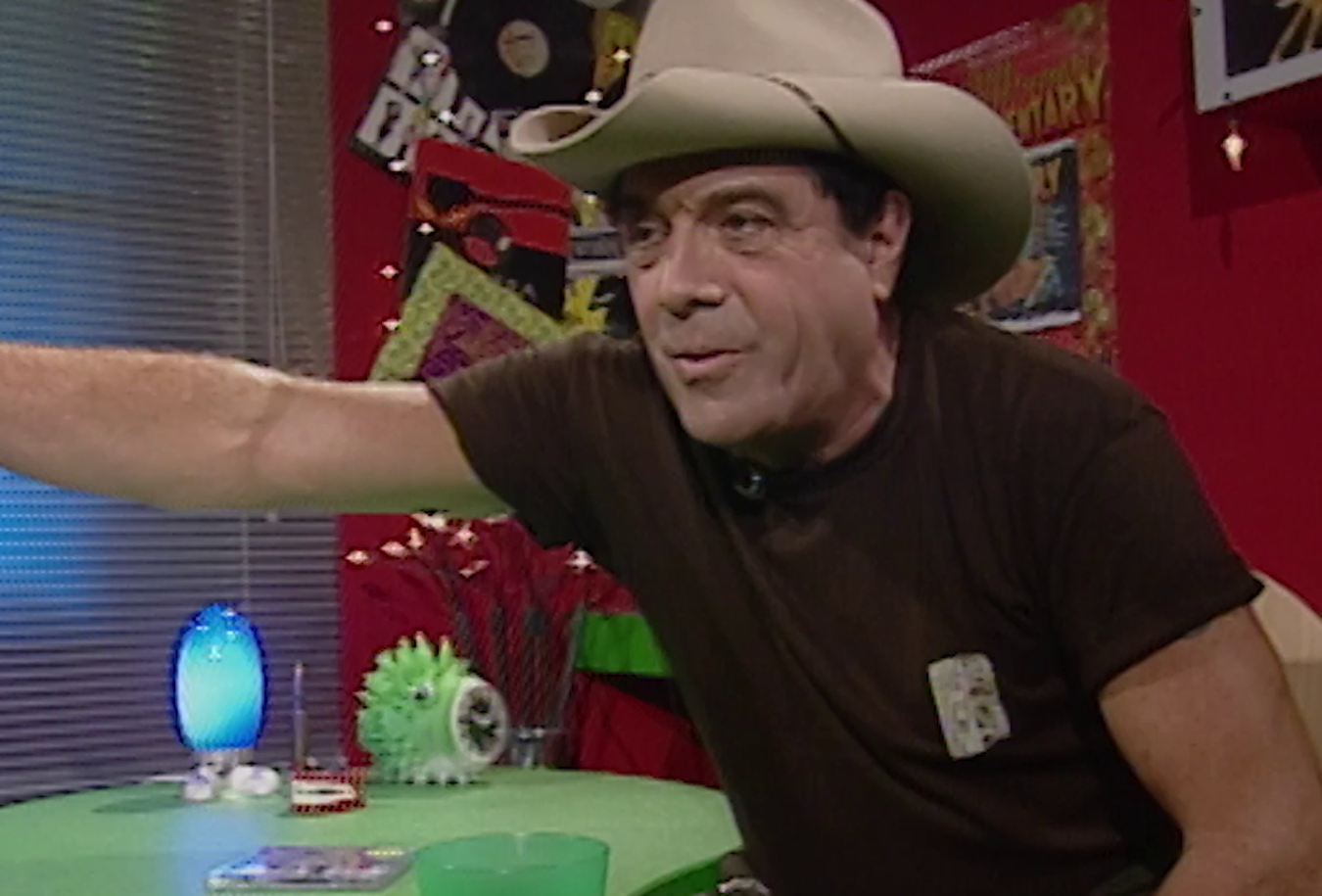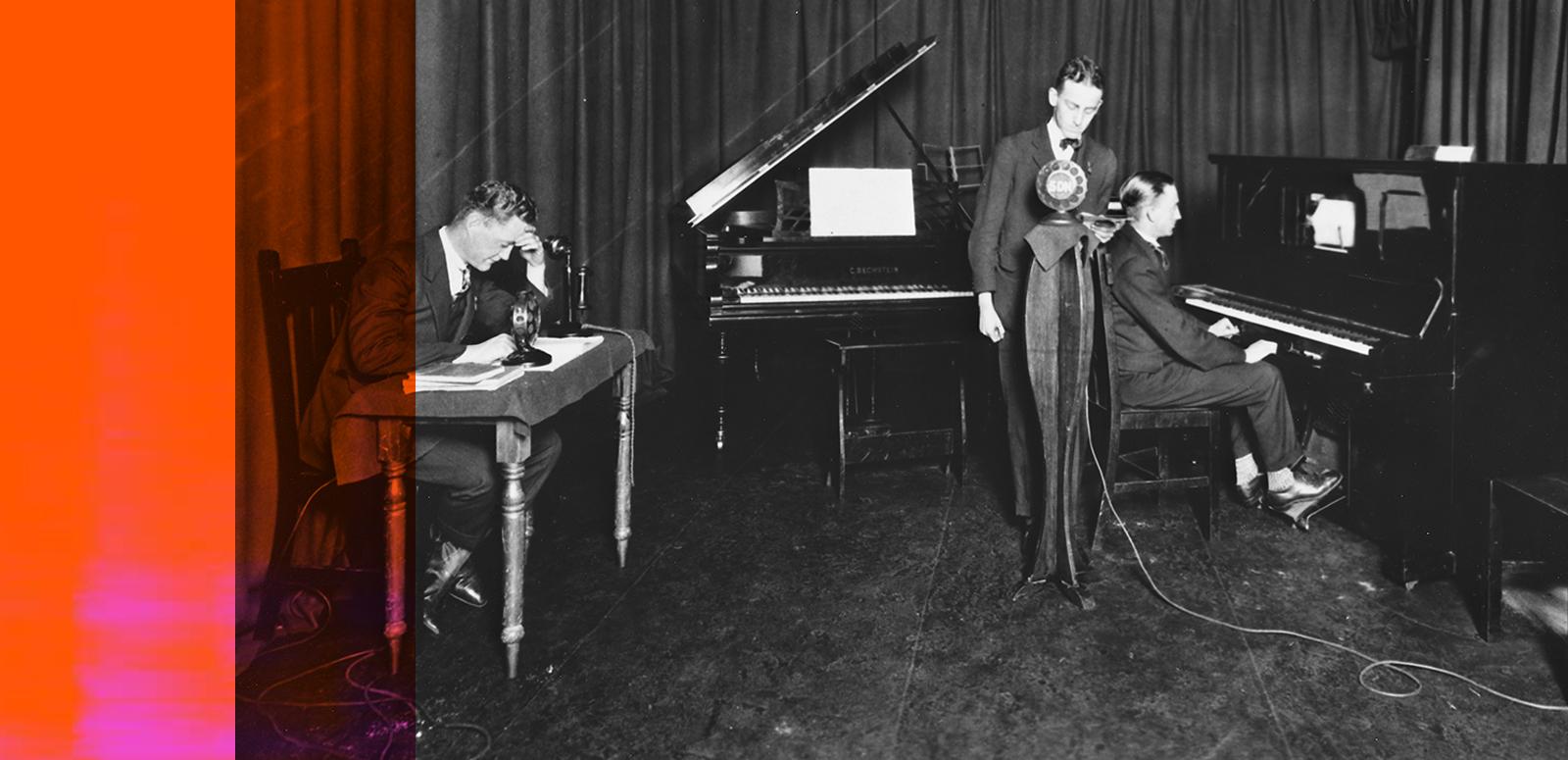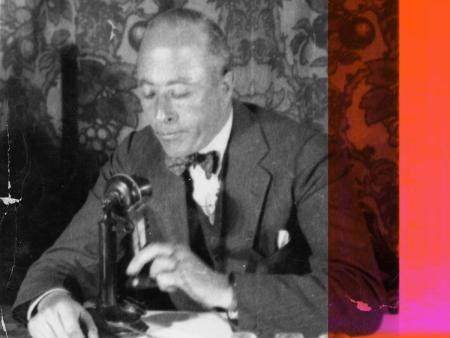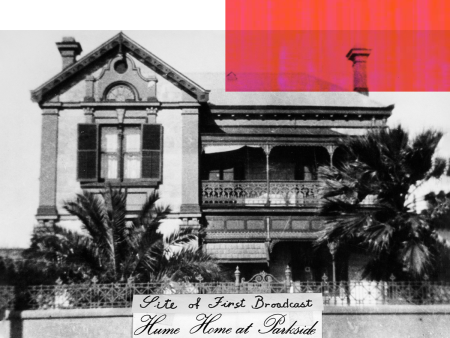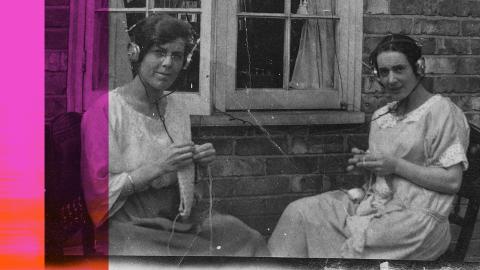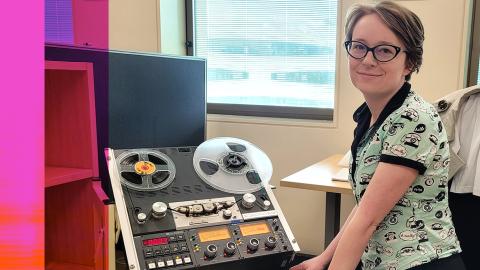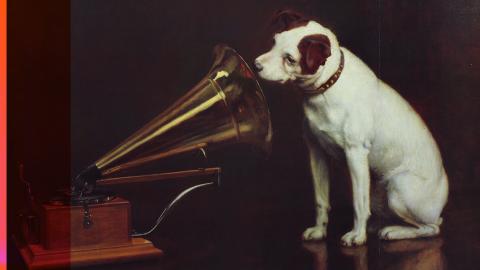A look at the early days of radio, charting its rise from crystal sets through to first broadcasts and advertisements, the emergence of commercial stations and radio personalities, and how the public’s voracious appetite for daily music, sport, news and conversation hinted at what radio would become.
This feature is part of the NFSA's Radio 100 celebrations.
By Bridget Griffen-Foley
